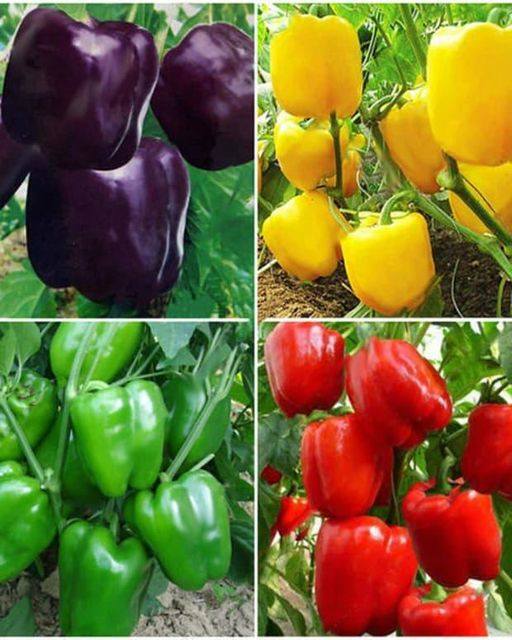Before planting your pepper plants outdoors, be sure to harden them off by gradually exposing them to the outdoors for about a week. This will help the plants adapt to outdoor conditions.
5. Proper Spacing
When planting, respect a spacing of approximately 45 to 60 cm between each pepper plant to allow optimal growth. Also be sure to space them properly from other crops to avoid competition for nutrients and light.
6. Regular watering
Peppers need regular watering to avoid water stress. Keep the soil evenly moist, but avoid making it soggy, which can cause root rot.
7. Feed your peppers
Provide your peppers with a balanced fertilizer rich in essential nutrients, such as nitrogen, phosphorus and potassium. Start fertilizing when the first flowers appear and continue throughout the growing season.
8. Prune the plants
Remove lower leaves touching the ground to prevent disease and stimulate air circulation. You can also prune branches to encourage vertical growth and fruit production.
9. Support plants
Peppers can become heavy as they mature, which can cause branches to break. Use stakes or cages to support plants and their fruit.
10. Protect against pests
Watch for signs of pests such as aphids, whiteflies and caterpillars. Use biological control methods or natural insecticides to keep them away.
11. Be patient
Growth of peppers may be a little slower than other crops. Be patient, as peppers typically take 70 to 90 days to mature after pollination.
12. Harvest at the right time
Continue Reading in next page

